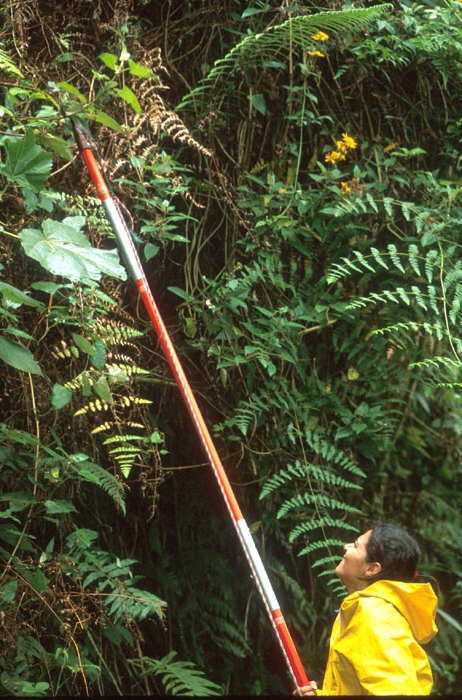Bioprospecting as a conservation tool



Research on the defenses of young leaves led to an applied project where we used bioprospecting as a tool for conservation of tropical forests, 1992 to 2016. We showed that the "prospecting" of compounds and genes from the forest can be a more sustainable, ecologically gentle, and financially lucrative use of intact forests than alternatives such as logging. The project received 15 years of grant support from NIH's International Cooperative Biodiversity Groups (ICBG) to pursue these goals in Panama (1998-2013).
Two of the biggest challenges facing the use of bioprospecting as a conservation tool are to bring products to market and to direct short-term benefits to the host country. To address the first challenge, we used our ecological insight on patterns of plant defenses to direct searches towards classes of species and tissues that should have a higher probability of containing useful compounds. Results for both plants and microbes were extremely promising. To address the second challenge of promoting short-term benefits, we brought as much of the drug discovery process to Panama as possible. Instead of exporting samples to pharmaceutical companies in Europe and the US and hoping to receive royalties, our collaborators established screening and natural products chemistry programs at Panamanian universities and research labs. They are still purifying compounds and running screens for cancer, HIV, several tropical diseases (malaria, Leishmania, dengue and Chagas' disease) and agricultural pests. Should royalties or milestones be received, many benefits return to Panama to promote conservation.
